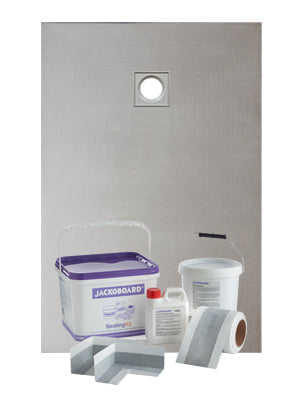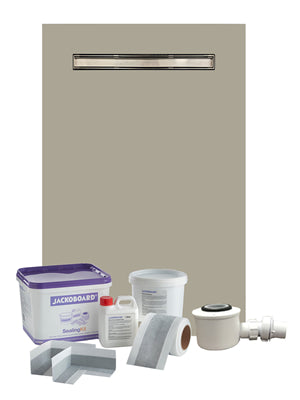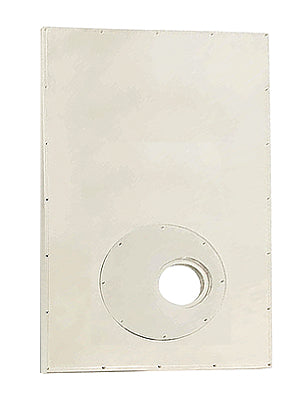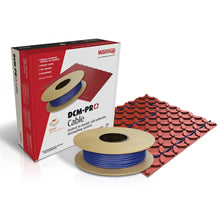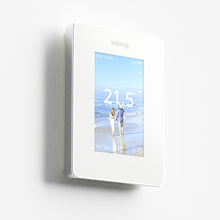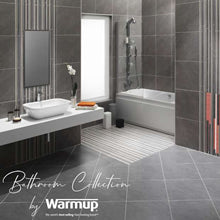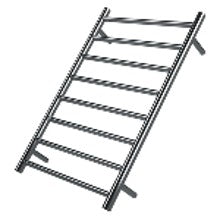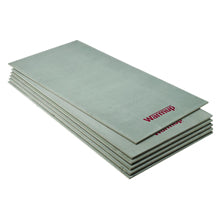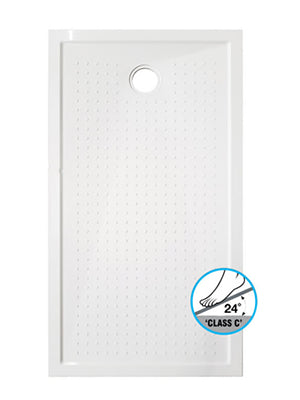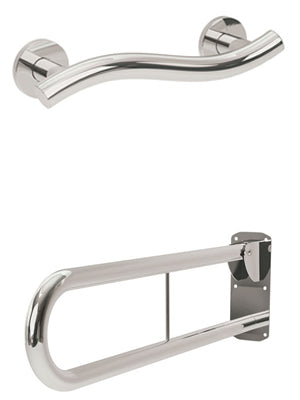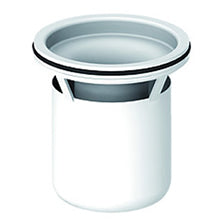As far as requirements of a new shower system are concerned it largely comes down to personal taste and desired features. For example in a family bathroom the ability to have 'pre set' showering settings, such as temperature and flow rate, as found on some digital showers, may be desirable when the shower will be used by more than a couple of people.
The type of shower available may be somewhat restricted by your plumbing system. For example a thermostatic shower is best suited to a plumbing system that provides a steady flow of hot water, such as a water system with a combination boiler offering high pressure. They can however be fitted to gravity or conventional systems (normally with a hot water tank), however when the hot water runs out the shower will turn cold! Electric showers are ideal for gravity / conventional systems as they have internal elements to heat the water thus providing a steady flow of hot water for showering even when there is no stored hot water available.
The four main types of shower are:
Digital Shower
Thermostatic Shower
Mixer Shower
Electric & Power Shower
Digital Showers:
A digital shower brings showering into the 21st century. With a digital shower you can control the flow and temperature of water at a touch of a button. No more waiting for showers to warm up. Some models of digital shower offer pause features, remote control and pre-settable settings.
Digital showers work by taking water direct from both the hot and cold pipes and mixing it in a digitally controlled processing unit to achieve the desired temperature. This water is then delivered to the shower outlet, be that body jet, hand shower, fixed head or spray head at a constant flow rate as selected by the user.
Thermostatic Showers:
A thermostatic shower takes its water feed from both the hot and cold supplies. The water is then blended in the valve to deliver the required temperature and flow. The valve will automatically adjust itself to maintain this temperature and flow in the event of other household taps or toilets being used.
A thermostatic shower requires a supply of hot water and can be used on virtually all plumbing systems, including combi, high pressure or gravity.
Thermostatic showers can be exposed (valve is mounted on the wall) or concealed (valve hidden in the wall).
Mixer showers:
A mixer shower as the name suggests simply mixes the hot and cold water supply's, to provide the showering temperature. These type of showers are often found integrated into bath mixer taps. Like a thermostatic shower a mixer is best suited to a water system with a steady supply of hot water and good pressure such as a water system fitted with a combination boiler. Unlike a thermostatic shower a mixer shower can be prone to water temperature fluctuations due to household appliances in use such as the washing machine.
Electric & Power Showers:
An electric shower takes a cold water supply only and heats it up internally to the required temperature, thus providing a constant flow of water that is heated as required.
Both flow rate and temperature can be easily controlled. Electric showers are available in a range of power options (kW).
Electric Showers are suitable for any plumbing system.
Power Showers are electric showers with a built in pump to boost the water flow. They should not be used on high pressure systems such as those with a combination boiler or other pump already built in.
Identify Your Water System
Before choosing your shower you need to identify your water system, the following diagrams will help you identify your system, however if you are in any doubt or have any questions please consult a qualified plumber.

Concealed and Exposed Showers
Some showers, especially some digital showers come with a concealed or exposed option;
The exposed shower
Exposed showers dispense hot and cold blended water from the pipe contained within the shower’s slider rail which is fitted on the surface of the wall. The clever ‘exposed’ design of the shower means there’s no need for installation to cause damage to your bathroom’s décor or tiling. Providing there’s easy access to space above the showering area (for instance, the loft), exposed showers are extremely simple to install and fitting can be complete in as little as two hours. Exposed showers are the most popular choice of shower and can be the easiest for the plumber to install.
The concealed shower
A concealed shower’s hot and cold blended water pipe is concealed in the wall. This makes for a neat and compact shower, where only the shower’s control and showerhead are visible. It is an especially good choice for a smaller showering enclosure where space is at a premium or if you prefer a fixed showerhead. A concealed shower is also the best option if you cannot access the space above the showering area. Providing the showering area is adjacent to an airing cupboard, concealed showers are very simple to install.
Water Pumps
1. What kind of water system you have.
This is important as booster pumps can only be added to gravity systems. You must NOT fit booster pumps to high pressure or combination boiler water systems or showers with a built in pump such as power showers and pumped digital showers. If you are unsure, about your water system ask a qualified plumber.
2. Whether you have sufficient vertical distance from the bottom of the cistern to the top of the shower head.
This is because the greater the vertical distance (called "head of water") the better the shower’s flow rate and performance. Typically this should be no less than one metre. However gravity systems can sometimes have a disappointing flow of water if there is not a good “head” of water. Adding a pump can make an enormous difference to your showering experience and will allow you to add extras such as body jets.
Handy hints
It’s essential that you choose the right pump. Not just for you, your family and your new shower – but for the plumbing system too. A pump will increase the volume of water you shower can deliver per minute and it’s important to check your water tank will have enough storage capacity to cope. Vital during the morning rush hour when everyone wants a hot shower. Don’t overlook where all that extra water will go to either. You’ll need to ensure you shower tray’s waste is sufficiently capable of quickly and effectively draining water away.
Final Words:
If you are in any way unsure of your water system, or what type of shower is suitable for your system please ask a qualified plumber.
